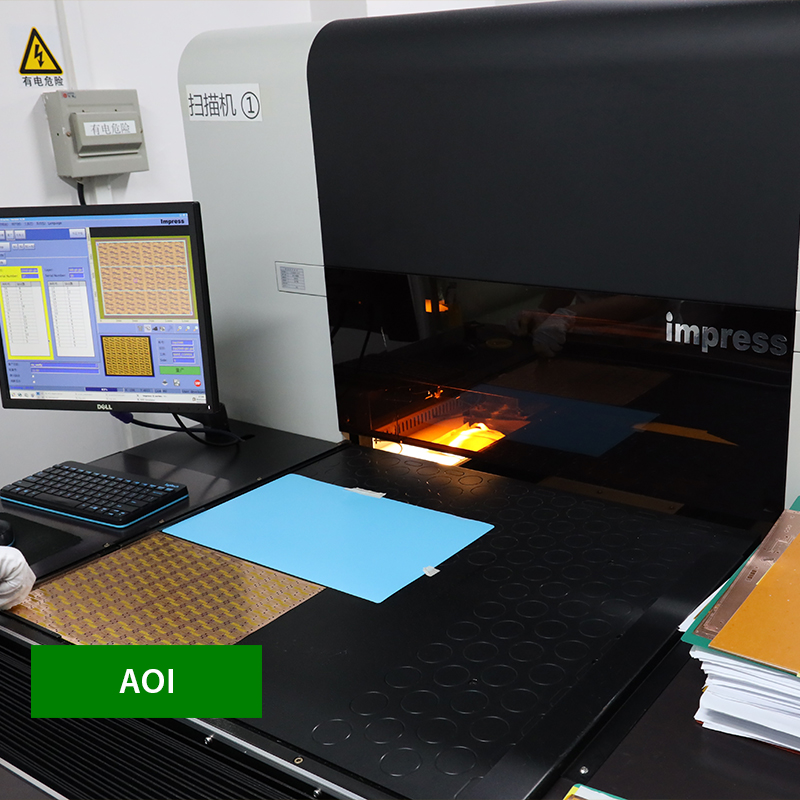When it comes to rapid PCB prototyping, one of the most critical steps is testing the functionality of the prototype. It is crucial to ensure that the prototype performs optimally and meets all requirements specified by the customer. Capel is a leading company specializing in rapid prototyping PCB manufacturing and volume circuit board production, and we understand the importance of this testing phase in delivering high quality and high performance boards to our customers.
With more than 15 years of professional and technical experience in the industry, Capel has established a strict quality control management system covering all aspects of the manufacturing process from procurement to production to testing. This comprehensive system ensures that every circuit board we produce meets the highest standards and meets customer specifications.
Now, let’s explore some ways to test the functionality of rapid PCB prototypes:
1. Visual inspection:
The first step in testing the functionality of a rapid PCB prototype is a visual inspection. Look for any visible defects, such as welding issues, misaligned components, or signs that may be damaged or missing. A thorough visual inspection can help identify any potential issues before moving to more advanced testing methods.
2. Manual continuity test:
Continuity testing involves checking connectivity between different points on a circuit board. Using a multimeter, you can test traces, vias, and components for continuity. This method ensures that all electrical connections are made correctly and functioning properly.
3. Functional testing:
Functional testing is a critical stage in determining the performance of rapid PCB prototypes. It involves placing prototypes in different scenarios and evaluating their responses. Depending on the complexity of the board, functional testing may include checking inputs and outputs, verifying the functionality of individual components, and testing various modes of operation.
4. Power on test:
Power-on testing involves applying power to a prototype and observing its behavior. This test ensures that the board does not exhibit any power-related issues, such as short circuits, overheating, or unexpected behavior. Monitoring voltage levels, tolerances, and power consumption during this test is critical to identifying any anomalies.
5. Signal integrity test:
The focus of signal integrity testing is to verify the quality and reliability of the power-on signals on the circuit board. By using an oscilloscope or logic analyzer, you can measure the signal quality and its propagation and check for any noise or distortion. This test ensures that the board can transmit and receive signals correctly without losing or corrupting data.
6. Environmental testing:
Environmental testing is performed to evaluate how the rapid PCB prototype withstands different external conditions. It involves subjecting the prototype to temperature changes, humidity levels, vibrations and other environmental factors to ensure its resilience and durability. This test is especially important for prototypes used in harsh or specific operating conditions.
7. Performance Benchmark Test:
Performance benchmarking involves comparing the performance of a prototype to a predefined standard or similar products on the market. By conducting benchmark tests, you can evaluate the efficiency, speed, power consumption and other relevant parameters of your rapid PCB prototype. It helps ensure that prototypes meet or exceed required performance levels.
By following these test methods, you can thoroughly evaluate the functionality of your rapid PCB prototype. Capel’s commitment to quality control ensures that we perform all of these tests and more, guaranteeing that every circuit board we deliver meets our customers’ requirements for high quality and optimal performance. Our team of experienced professionals work hard to continuously improve our testing processes to provide customers with reliable and efficient prototypes.
In summary
Testing the functionality of a rapid PCB prototype is critical to ensure that it performs optimally and meets customer requirements. With 15 years of experience and strict quality control management system, Capel specializes in rapid prototyping PCB manufacturing and mass circuit board production. You can ensure the reliability and quality of your rapid PCB prototypes by implementing a variety of test methods including visual inspection, manual continuity testing, functional testing, power-on testing, signal integrity testing, environmental testing, and performance benchmarking. Trust Capel for all your PCB prototyping needs and experience our exceptional products and services.
Post time: Oct-16-2023
Back







